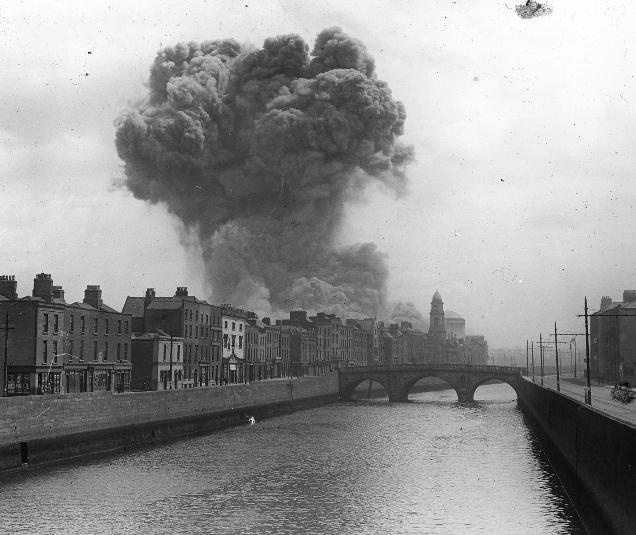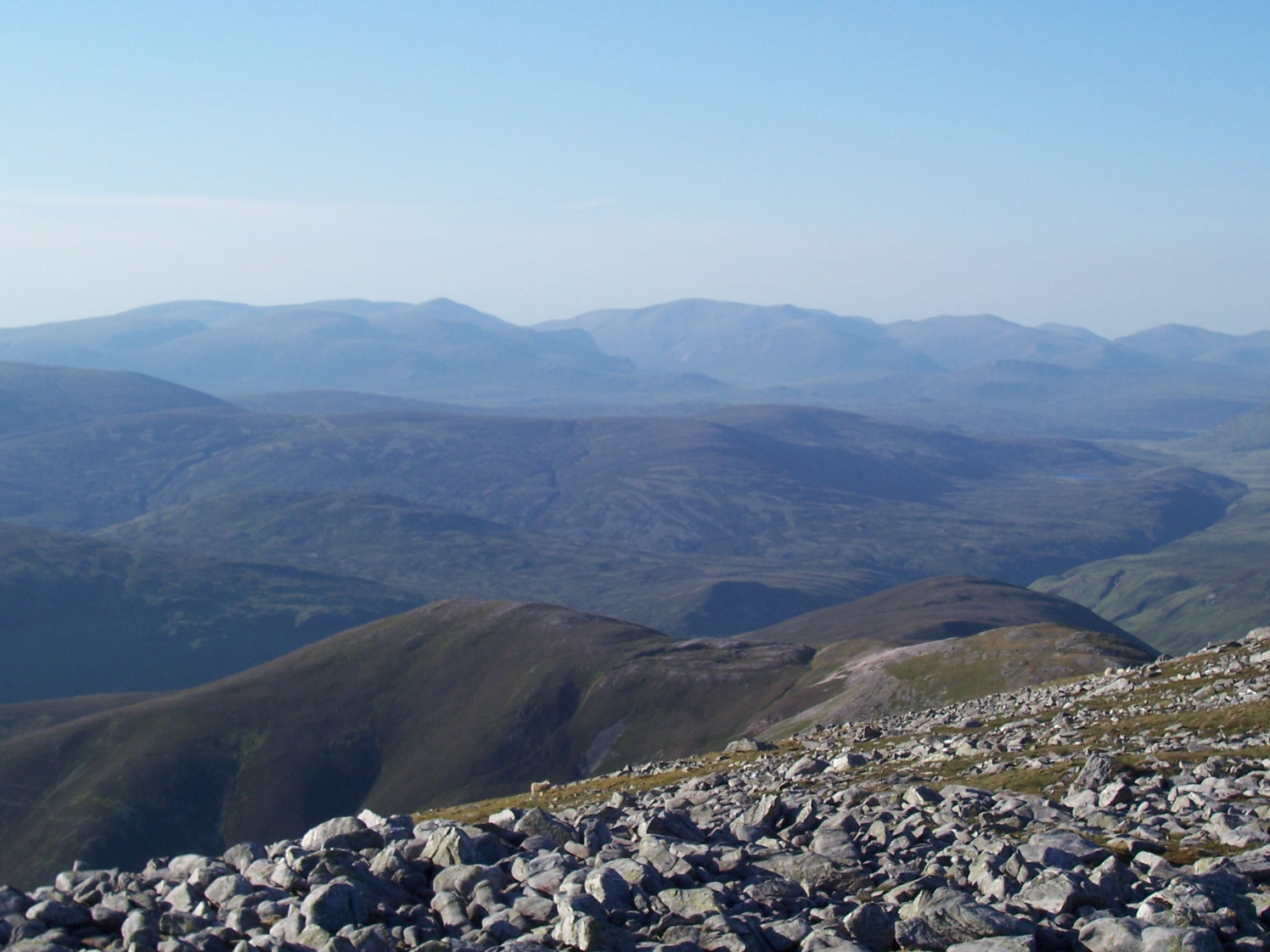|
Islands Of County Mayo
This articles lists the islands of County Mayo, the mainland of which is part of the island of Ireland. Included in this list are named offshore and freshwater islands as recorded by Ordnance Survey Ireland or the Placenames Database of Ireland. Additionally, areas of ecological significance related to both offshore and freshwater islands, designated by the National Parks and Wildlife Service (Ireland), National Parks and Wildlife Service, are also listed. Although County Mayo has hundreds of offshore and freshwater islands, only a handful of islands and island groups are large enough to be distinguishable on a typical map of the county, namely Achill Island, Clare Island and Inishturk, along with the island clusters of Duvillaun, Inishkea islands, Inishkea, Clew Bay and the major loughs. There are over 100 islands which are greater than in area. The largest island is Achill, which extends to , making it Ireland's largest offshore island. Due to its abundance of bays, inlets ... [...More Info...] [...Related Items...] OR: [Wikipedia] [Google] [Baidu] |
Croaghaun
Croaghaun () is a mountain on Achill Island in County Mayo, Ireland. At , it has the highest sea cliffs in Ireland, as well as the third highest sea cliffs in Europe (after Hornelen, Norway, and Cape Enniberg, Faroe Islands). Geography Croaghaun is the most westerly peak of Achill Island, and its highest mountain. Its cliffs lie on the northern slope of the mountain. The cliffs at Croaghaun can only be seen by hiking around or to the summit of the mountain, or from the sea. They are part of a sequence of sheer rock faces which start south of Keem Bay and loop around the uninhabited north-west of the island, by Achill Head and Saddle Head, and east to Slievemore, occasionally dropping vertically into the waters of the Atlantic Ocean. Nature The Croaghaun cliffs are home to two families of peregrine falcons (''RTÉ'', 2008). September and October are the best time to see the fastest creatures on Earth here, as they teach their young to fly. Metamorphic, quartz-laden gems ... [...More Info...] [...Related Items...] OR: [Wikipedia] [Google] [Baidu] |
1841 Census Of Ireland
The 1841 Census of Ireland was a census that covered the whole island of Ireland. It was conducted as part of the broader 1841 United Kingdom census, which was the first modern census undertaken in the UK. The census is of particular note in Ireland as it was taken shortly before the Great Famine (1845–1852), which resulted in over 1 million deaths and spurred decades of mass emigration. The total population of the island in 1841 was estimated to be just under 8.2 million, which remains the highest recorded population Ireland has ever had. During this year, Ireland also held about 31% of the UK's population. As of the latest censuses – 2022 in the Republic of Ireland and 2021 in Northern Ireland – the island's population stood at just over 7 million, roughly 16% lower than its pre-famine peak. The original records of the 1821 to 1851 censuses were destroyed by fire at the Four Courts in Dublin during the Irish Civil War, while those between 1861 and 1891 were possibly pulpe ... [...More Info...] [...Related Items...] OR: [Wikipedia] [Google] [Baidu] |
Lower Carboniferous
Lower may refer to: * ''Lower'' (album), 2025 album by Benjamin Booker *Lower (surname) *Lower Township, New Jersey *Lower Receiver (firearms) *Lower Wick Lower Wick is a small hamlet located in the county of Gloucestershire, England. It is situated about five miles south west of Dursley, eighteen miles southwest of Gloucester and fifteen miles northeast of Bristol. Lower Wick is within the civil ... Gloucestershire, England See also * Nizhny {{Disambiguation ... [...More Info...] [...Related Items...] OR: [Wikipedia] [Google] [Baidu] |
Terrane
In geology, a terrane (; in full, a tectonostratigraphic terrane) is a crust fragment formed on a tectonic plate (or broken off from it) and accreted or " sutured" to crust lying on another plate. The crustal block or fragment preserves its distinctive geologic history, which is different from the surrounding areas—hence the term "exotic" terrane. The suture zone between a terrane and the crust it attaches to is usually identifiable as a fault. A sedimentary deposit that buries the contact of the terrane with adjacent rock is called an overlap formation. An igneous intrusion that has intruded and obscured the contact of a terrane with adjacent rock is called a stitching pluton. There is also an older usage of the term ''terrane'', which described a series of related rock formations or an area with a preponderance of a particular rock or rock group. Overview A tectonostratigraphic terrane did not necessarily originate as an independent microplate, since it may not contain ... [...More Info...] [...Related Items...] OR: [Wikipedia] [Google] [Baidu] |
Carboniferous
The Carboniferous ( ) is a Geologic time scale, geologic period and System (stratigraphy), system of the Paleozoic era (geology), era that spans 60 million years, from the end of the Devonian Period Ma (million years ago) to the beginning of the Permian Period, Ma. It is the fifth and penultimate period of the Paleozoic era and the fifth period of the Phanerozoic eon (geology), eon. In North America, the Carboniferous is often treated as two separate geological periods, the earlier Mississippian (geology), Mississippian and the later Pennsylvanian (geology), Pennsylvanian. The name ''Carboniferous'' means "coal-bearing", from the Latin ("coal") and ("bear, carry"), and refers to the many coal beds formed globally during that time. The first of the modern "system" names, it was coined by geologists William Conybeare (geologist), William Conybeare and William Phillips (geologist), William Phillips in 1822, based on a study of the British rock succession. Carboniferous is the per ... [...More Info...] [...Related Items...] OR: [Wikipedia] [Google] [Baidu] |
Silurian
The Silurian ( ) is a geologic period and system spanning 23.5 million years from the end of the Ordovician Period, at million years ago ( Mya), to the beginning of the Devonian Period, Mya. The Silurian is the third and shortest period of the Paleozoic Era, and the third of twelve periods of the Phanerozoic Eon. As with other geologic periods, the rock beds that define the period's start and end are well identified, but the exact dates are uncertain by a few million years. The base of the Silurian is set at a series of major Ordovician–Silurian extinction events when up to 60% of marine genera were wiped out. One important event in this period was the initial establishment of terrestrial life in what is known as the Silurian-Devonian Terrestrial Revolution: vascular plants emerged from more primitive land plants, dikaryan fungi started expanding and diversifying along with glomeromycotan fungi, and three groups of arthropods ( myriapods, arachnids and hexapods) ... [...More Info...] [...Related Items...] OR: [Wikipedia] [Google] [Baidu] |
Ordovician
The Ordovician ( ) is a geologic period and System (geology), system, the second of six periods of the Paleozoic Era (geology), Era, and the second of twelve periods of the Phanerozoic Eon (geology), Eon. The Ordovician spans 41.6 million years from the end of the Cambrian Period Megaannum, Ma (million years ago) to the start of the Silurian Period Ma. The Ordovician, named after the Celtic Britons, Welsh tribe of the Ordovices, was defined by Charles Lapworth in 1879 to resolve a dispute between followers of Adam Sedgwick and Roderick Murchison, who were placing the same Rock (geology), rock beds in North Wales in the Cambrian and Silurian systems, respectively. Lapworth recognized that the fossil fauna in the disputed Stratum, strata were different from those of either the Cambrian or the Silurian systems, and placed them in a system of their own. The Ordovician received international approval in 1960 (forty years after Lapworth's death), when it was adopted as an official per ... [...More Info...] [...Related Items...] OR: [Wikipedia] [Google] [Baidu] |
Cambrian
The Cambrian ( ) is the first geological period of the Paleozoic Era, and the Phanerozoic Eon. The Cambrian lasted 51.95 million years from the end of the preceding Ediacaran period 538.8 Ma (million years ago) to the beginning of the Ordovician Period 486.85 Ma. Most of the continents lay in the southern hemisphere surrounded by the vast Panthalassa Ocean. The assembly of Gondwana during the Ediacaran and early Cambrian led to the development of new convergent plate boundaries and continental-margin arc magmatism along its margins that helped drive up global temperatures. Laurentia lay across the equator, separated from Gondwana by the opening Iapetus Ocean. The Cambrian marked a profound change in life on Earth; prior to the Period, the majority of living organisms were small, unicellular and poorly preserved. Complex, multicellular organisms gradually became more common during the Ediacaran, but it was not until the Cambrian that fossil diversity seems to rapidly ... [...More Info...] [...Related Items...] OR: [Wikipedia] [Google] [Baidu] |
Grampian Highlands
The Grampian Mountains () is one of the three major mountain ranges in Scotland, that together occupy about half of Scotland. The other two ranges are the Northwest Highlands and the Southern Uplands. The Grampian range extends northeast to southwest between the Highland Boundary Fault and the Great Glen. The range includes many of the highest mountains in the British Isles, including Ben Nevis (whose peak contains the highest point in the British Isles at above sea level) and Ben Macdui (whose peak contains second-highest at ). A number of rivers and streams rise in the Grampians, including the Tay, Spey, Cowie Water, Burn of Muchalls, Burn of Pheppie, Burn of Elsick, Cairnie Burn, Don, Dee and Esk. The area is generally sparsely populated. There is some ambiguity about the extent of the range, and until the nineteenth century, they were generally considered to be more than one range, which all formed part of the wider Scottish Highlands. This view is still held by man ... [...More Info...] [...Related Items...] OR: [Wikipedia] [Google] [Baidu] |
County Donegal
County Donegal ( ; ) is a Counties of Ireland, county of the Republic of Ireland. It is in the Provinces of Ireland, province of Ulster and is the northernmost county of Ireland. The county mostly borders Northern Ireland, sharing only a small border with the rest of the Republic. It is named after the town of Donegal (town), Donegal in the south of the county. It has also been known as County Tyrconnell or Tirconaill (), after Tyrconnell, the historical territory on which it was based. Donegal County Council is the local government in the Republic of Ireland, local council and Lifford is the county town. The population was 167,084 at the 2022 census of Ireland, 2022 census. Name County Donegal is named after the town of Donegal (town), Donegal () in the south of the county. It has also been known by the alternative name County Tyrconnell or Tirconaill (, meaning 'Land of Conall Gulban, Conall'). The latter was its official name between 1922 and 1927. This is in reference to th ... [...More Info...] [...Related Items...] OR: [Wikipedia] [Google] [Baidu] |





